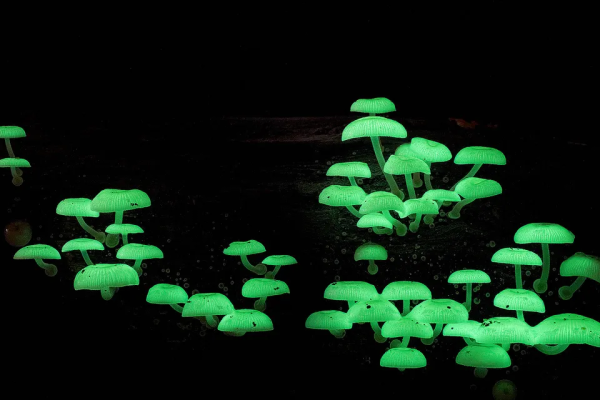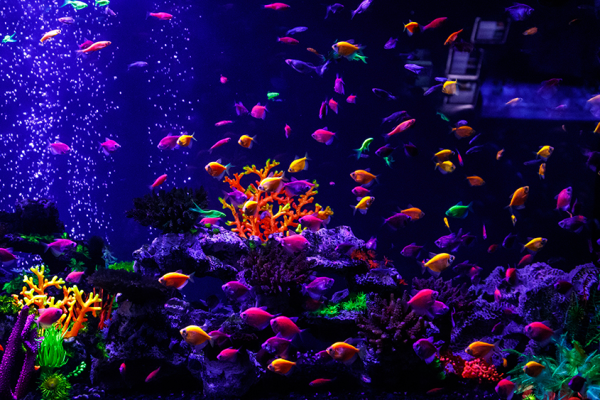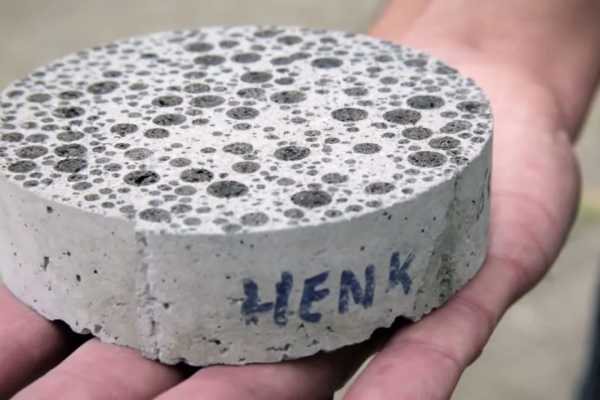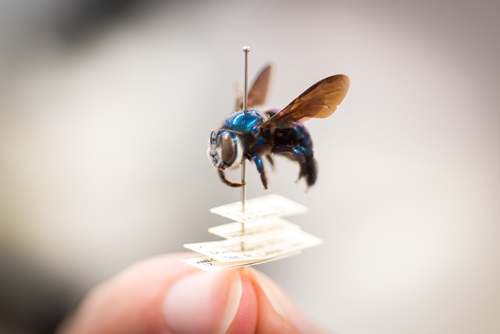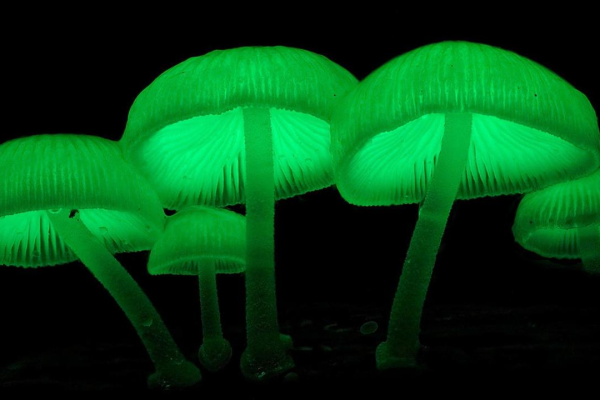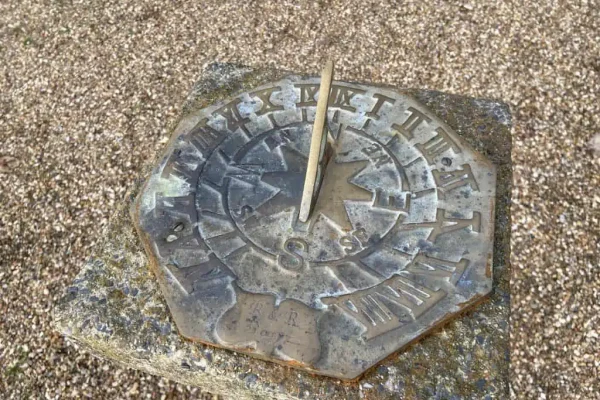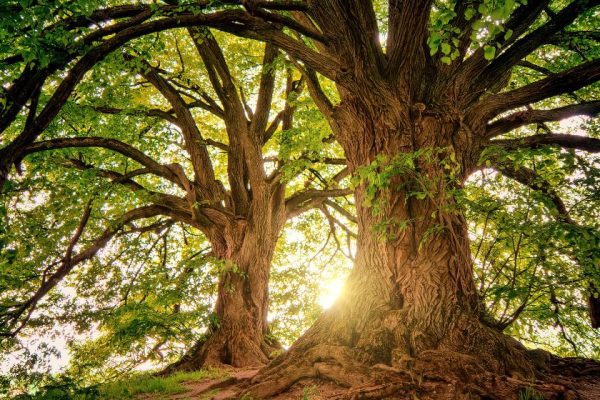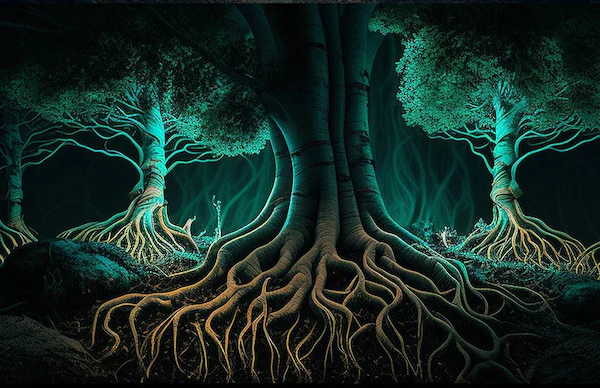
The Hidden Architecture of Trees, How Root Systems Shape Entire Ecosystems
Tree roots are often overlooked, yet they form one of the most important natural structures beneath our feet. Far more complex than simple anchors, root systems absorb water, store nutrients, and communicate chemical signals that help trees survive stress. From my own experience observing forest restoration projects, I’ve seen how trees with healthy, expansive roots…


